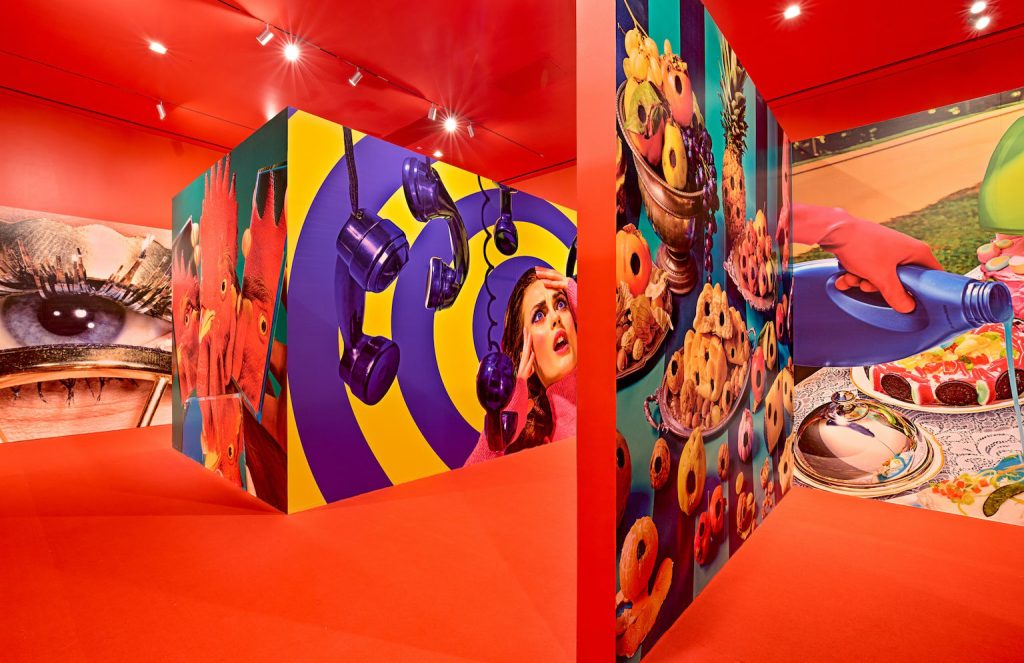In a dazzling display of cultural exchange, the Nita Mukesh Ambani Cultural Centre (NMACC) recently showcased an eclectic mix of American Pop Art, featuring iconic works by the likes of Andy Warhol and Roy Lichtenstein. Simultaneously, the Chhatrapati Shivaji Maharaj Vastu Sangrahalaya (CSMVS) hosted a ten-month exhibit uniting divine sculptures from the ancient Mediterranean with Indian sacred sculptures. These events mark India’s embrace of the world’s most prized artistic treasures, emphasising a collaborative effort between the government, passionate individuals, and corporate entities.
Logistical Labyrinth: Navigating the Journey of Art
Bringing fragile, valuable, and ancient art from foreign lands to Indian shores is no simple feat. It involves a logistical labyrinth where trust serves as the ultimate currency. Loans from international museums and galleries require meticulous coordination among conservators, art handlers, and fine art logistics companies to ensure a seamless passage through borders. This intricate process encompasses unique packing materials, climate-controlled display, and seasoned hands that understand the weight of artistic legacies.
The Changing Role of Museums: From Static Storage to Cultural Catalysts
Anupam Sah, director of Anupam Heritage Lab, notes the shift in perspective regarding museums. Once seen as static storage, they now play an integral role in India’s cultural and educational landscape. A concerted effort involving the government, passionate individuals, and corporate entities contributes to the momentum. Establishing liaisons between institutions, galleries, auction houses, and Indian entities signals a crucial development, with safety as the primary focus in building trust.
The Art of Collaboration: Behind-the-Scenes Partnership
Curators and conservators from both hosting and lending institutions collaborate extensively. Once a written agreement is in place, they select artworks, conduct meticulous condition checks, and compile a detailed ‘report card’ for each piece. Simultaneously, a ‘facility report’ provides insights into the hosting institution’s setup, assessing its ability to safeguard the artefacts. The minutiae, from the type of glass to wall pins, is scrutinised to ensure the preservation of the artistic treasures.
Fine Art Transport: More Than Just Cargo
Fine art transport involves meticulous planning, months in advance, covering de-installation, packing requirements, and choosing between passenger or cargo freighter aircraft. Al Mithal, CEO of Star Worldwide Group, emphasises the emotional value of art, highlighting that they are not just moving objects but legacies. Each artwork is carefully swaddled in soft, acid-free tissues, nestled within crates crafted from treated wood, ethafoam, and ‘ShockWatch’ technology to detect any unusual movement during transit.
Maintaining Artistic Legacies: Climate Control and Conservation
Climate control becomes crucial, with conservators and curators monitoring temperature, dust levels, and suspended particulate matter. The NMACC employs an HVAC system to ensure improved indoor air quality, preventing artworks from going into shock when cases are opened. At the CSMVS, a year-long technical experiment and mock display cases were used to mitigate risks, considering Mumbai’s external challenges like high humidity, dust, and pollution.
Safeguarding Priceless Art: The Role of Insurance
While comprehensive insurance coverage is essential for treasures often worth millions, there is no standardised art insurance policy in India. Efforts are underway to determine the insurance value, involving expert valuers like the National Screening & Evaluation Committee or approved government museums. Beyond tangible and financial considerations, the reputation of institutions and the country is at stake, emphasising the need for meticulous care and precautions.
In the intricate dance between art and logistics, India’s open doors offer a glimpse into a world where the exchange of cultural treasures requires a delicate balance of trust, collaboration, and meticulous planning. As museums evolve into dynamic cultural catalysts, the nation takes on the responsibility of safeguarding and showcasing the world’s artistic heritage.
Art Fraud Tops List of Concerns for Collectors, Surpassing Travel Damage and Environmental Disasters





